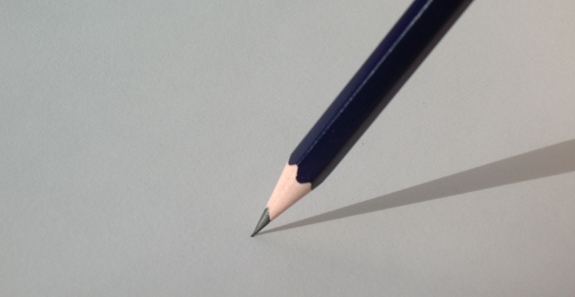

Inter-Institutional Research Initiative of the Max Planck Institute for the History of Science in Berlin and the Kunsthistorisches Institut in Florence (Max Planck Institute) | September 2005 – January 2011 | Funded by the Fritz Thyssen Stiftung & the Max Planck Society
The stylus is one of the simplest and most economical instruments of scientific practice. Apparently unsophisticated though ubiquitous, it plays a constitutive role in the production of knowledge. In the context of scientific research, both drawing and writing involve much more than the recording of what was previously thought or observed. Rather, they produce effects of their own that are connected to the particular techniques of their use. Stylus, pencil, and pen have the power to mediate: they translate observations into two-dimensional, and thus easily reproducible, texts and images; they concretize cognitive processes and in this way open up an interaction between perception and reflection, between the securing of phenomena and the formation of theses. Many objects and phenomena become available and comprehensible only through drawn and written records. Moreover, the activity of writing and drawing constitutes one of the most critical steps in scientific research: the step from (potentially) ambiguous data to stable facts.
Writing and drawing have maintained their value even within the complex and abstract cultures of modern science and scholarship. From the late eighteenth to the twentieth centuries, the natural sciences and humanities were still as heavily dependent on graphic visualization and written records as they were on observation and experiments. Certainly their range of use was significantly modified. The targeted period – 1800 to 2000 – saw an intense competition between »old« and »new« media. Therefore the project will examine the tension between handwriting and drawing on the one hand and mechanical, photographic, or digital recording technologies on the other. The analysis of the various forms of their interaction will open up new perspectives on the relative utility of writing and drawing under the shifting epistemological and cultural conditions of modernity. Moreover, the epistemological approach of the project permits a direct comparison of the research methods of the natural sciences and the humanities. We will deal with graphic recording techniques in the natural and human sciences within a broad context that embraces both artistic and technical recordings. Attentiveness to the simplest instrument of scientific observation will reveal parallels between the two cultures of inquiry, in particular concerning their common »techniques of creativity.«
In the last decade, an interdisciplinary field of inquiry has emerged from the discussion of representational practices in the sciences. However diverse the subjects of those studies have been, most of them have shared a common premise: namely that the process of representing and the represented objects are interrelated in a nontrivial manner. Scientific representation was conceived as an active intervention that partly limits experience, partly enriches the observed phenomena and partly enables completely new experiences. The manifold forms of »paperwork« (Bruno Latour) used in the course of research projects are certainly no exception. Laboratory journals and research notebooks filled with protocols, lists, tables, scribbles, and sketches are not only indispensable instruments for organizing scientific everyday work, they constitute a genuine epistemic space from which knowledge emerges.
During the last twenty years, the handwritten recordings of scientific activity have had an impressive career in the history of science: They were used as primary sources for reconstructing research pathways, the intermediate stages of theoretical reasoning or the development of certain scientific instruments. However, only rarely have these writings and drawings been discussed as writings and drawings. Analyzing their contribution to the production of scientific knowledge seriously begins therefore with a simple inversion. Rather than using the material as a source for reconstructing the emergence of particular ideas and activities, we will focus on the writing and drawing practices themselves. In analyzing these techniques we aim at discerning regularities in the various operations performed on the paper’s surface. Attention is thus directed to the particular restrictions, capacities of organization, and strategies of discovery that characterize the potential of drawing and writing techniques to serve as »little tools of knowledge« in the context of scientific research.
 Report on the Project in MaxPlanckResearch
–
PDF-File,
983.0 KB
Report on the Project in MaxPlanckResearch
–
PDF-File,
983.0 KB